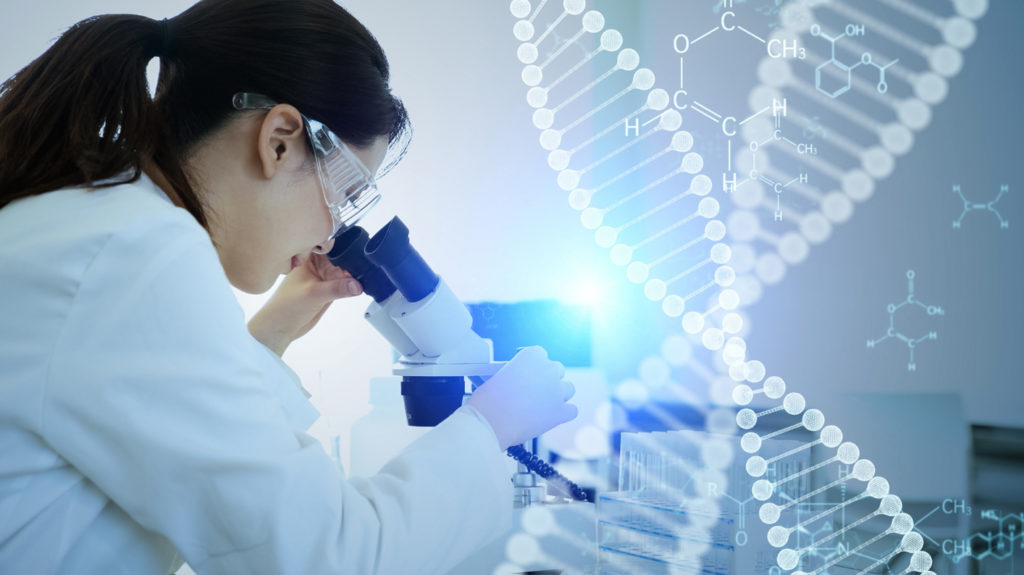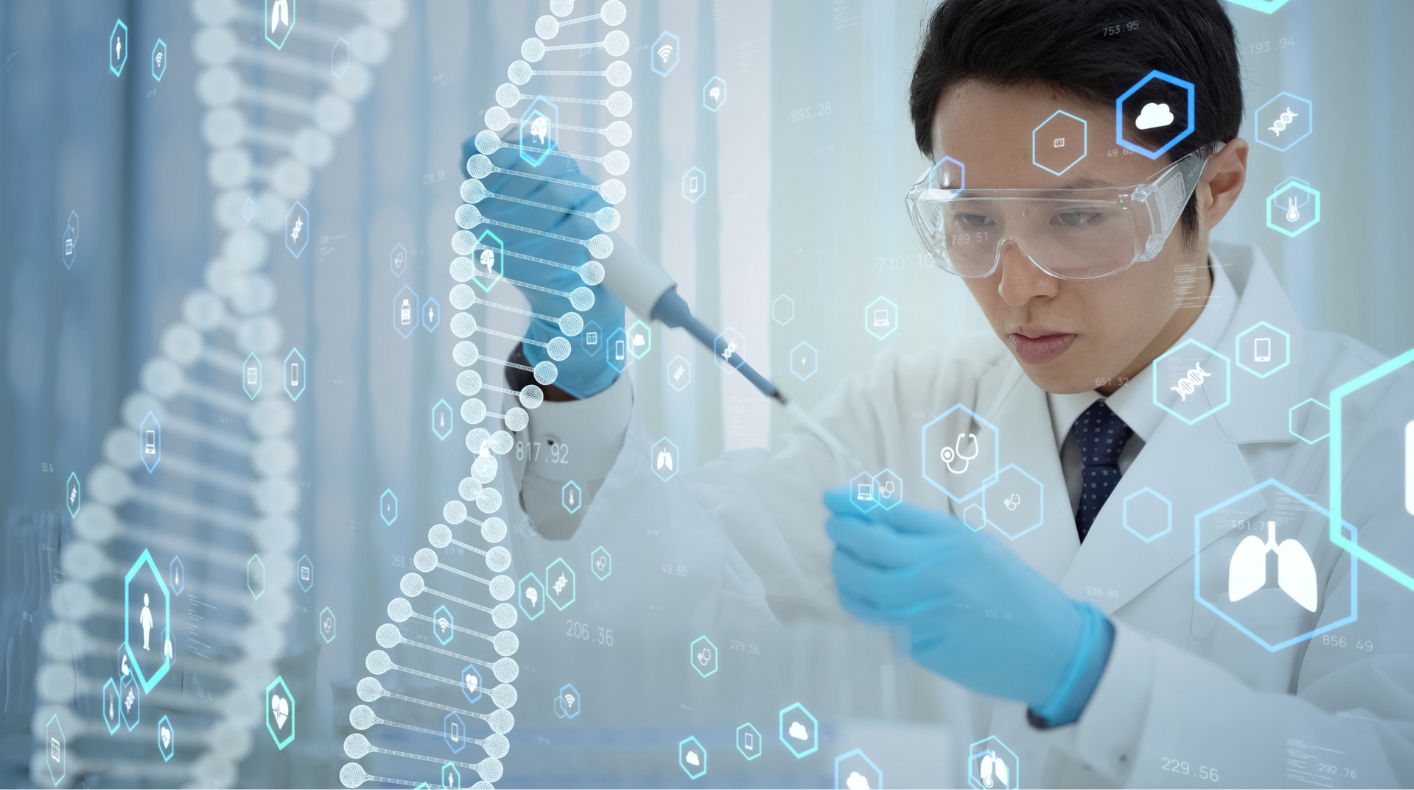Strategies To Overcome Bioanalytical Challenges
Strategies to overcome bioanalytical challenges in Cell & Gene Therapies development
With advancements in molecular and cellular engineering techniques, the number of cell and gene therapy (C>s) drug development programs has increased significantly in the last 5 years. Following the first gene therapy gaining FDA approval in 2017, the biopharma industry quickly expanded within the C> space, leading to a further 21 C>s being approved by 2022. As drug developers begin to realize the potential of these new modalities, it is no surprise that the number of C> approvals is predicted to rise, with over 1,000 C> clinical trials currently ongoing.1 The FDA has predicted it will be approving between 10 and 20 C> products per year by 2025.1
A growing need for robust bioanalytical programs
With the potential of C>s expanding, it is becoming clear that there is a parallel need for growth in bioanalytical expertise to characterize these therapies in the clinical setting. The bioanalytical burden of C> development is typically higher than that of biotherapeutics that are a single molecule. This is because the complexity of C>s often necessitates equally complex methods for them to be elucidated, in particular, potential immune responses to them. As a result, it is essential that there are robust methods in place for their analysis.

There are four critical considerations that developers should keep in mind to build a robust bioanalytical program:
- Leveraging technologies not typically used for regulated bioanalysis
There are many technologies that were previously heavily relied on for research purposes that now must be leveraged to study C>s in a regulated environment.
These include:
- Flow cytometry
- Enzyme-linked immune absorbent spot (ELISpot)
- Quantitative PCR (qPCR)
These platforms are used to characterize the pharmacokinetics and immunogenicity of these therapies, whereas most biotherapeutics use more common immunoassay platforms such as ELISA and Meso Scale Discovery (MSD) for these purposes.
- ”Big Data”
Multiple assays to assess pharmacokinetics, multiple assays to assess immunogenicity, and platforms such as flow cytometry which generate data for both pharmacokinetics and immunogenicity yield a more complex data set for analysis. Integrating all of these data sets and the time spent analyzing multiplexed analysis like flow cytometry will be a challenge for the industry to identify the elements that are most useful for assessing the safety and efficacy of these therapies.
- Planning ahead strategically
Regardless of whether a robust bioanalytical program was developed and put in place, challenges can still arise at the delivery stage. This was highlighted by the COVID-19 pandemic, where the impact of supply chain delays was experienced globally. In particular, difficulties arose as a result of the rising demand for reagents, human samples for assay development, and animal availability for non-clinical studies.
Strategic planning was necessary to mitigate the effects of supply chain shortages and delays in all development programs, including those of C>s. Applying these strategies in future with careful supply chain management, bulk ordering, and storage of essential bioanalytical supplies will ensure that the impact of future potential delays is minimized.
- Relying on those with expertise and experience
Currently, there are few guidance documents on the best bioanalytical practices for assessing C>s. The responsibility for building best practices robust enough to be suitable for the entire duration of a clinical program, therefore, falls on those conducting the experiments. It is also essential that these practices are built with potential regulatory evolution in mind.
However, it’s a challenge to find those with the relevant expertise and experience in the C> bioanalysis space to establish best practices. Stemming from the surge in biopharma’s interest in the area, there is currently a skills gap surrounding the C> development space. Finding bioanalytical scientists appropriately trained to work under GLP or good clinical laboratory practices (GCLP) using the platforms mentioned above is a significant hurdle to overcome.
Outsourcing to a transparent and reliable bioanalytical partner will provide access to experts capable of developing future-proof and regulatory-compliance best practices, as well as additional benefits. Offering GLP and GLCP-compliant facilities and capabilities, these partners can help shoulder both the burden of regulatory compliance and the potential costs involved in expanding capacity to meet growing demand.
Looking Ahead
With more and more C>s expected to enter the development pipeline in the future, building a robust bioanalytical program will be critical in overcoming the many challenges that could arise when bringing these new therapies to market. As demand for development capacity and capabilities continues to rise, seeking support from those with a strong track record of successfully supporting C> programs is essential.
To find out more about how BioAgilytix supports C> bioanalytical program development, contact the team HERE.
References
- Bioprocess International. “Cell and gene therapies: FDA expects 10 to 20 approvals per year by 2025”. January 16, 2019.
